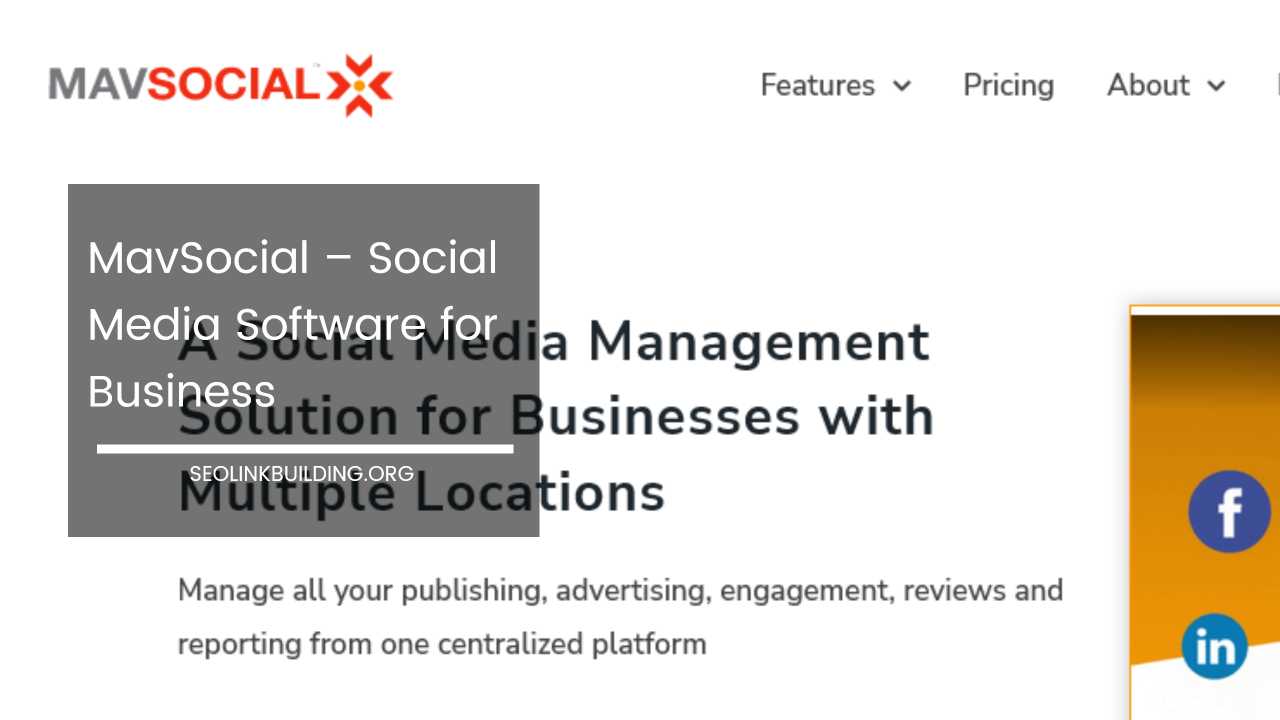Market Planning for New Product

New Product
Market Planning for Your New Product: A Launchpad for Success
So, you’ve poured your heart and soul into developing a fantastic new product. It solves a problem, fills a gap in the market, or offers a revolutionary take on an existing concept. But before you unleash it on the world, there’s a crucial step: market planning.
A strong market plan is the launchpad for your new product’s success. It acts as your roadmap, guiding you in effectively reaching your target audience, generating interest, and ultimately driving sales.
In this comprehensive guide, we’ll delve into the essential elements of market planning for a new product, equipping you with the knowledge and strategies to ensure a smooth and successful launch.
1. Know Your Product Inside and Out: A Deep Dive
Imagine trying to navigate a new city without a map and only a vague sense of direction. That’s essentially what launching a product without a deep understanding of its functionalities and value proposition is like. Before diving into market research, take a step back and truly understand your product at a granular level. Here are some key aspects to consider:
- Features and Benefits: Don’t just list the features your product offers. Translate them into tangible benefits for the customer. How does your product solve a problem, make life easier, or provide enjoyment? For instance, a new fitness tracker might boast features like heart rate monitoring and GPS tracking. But the benefits are improved health awareness, efficient workout tracking, and the ability to map running routes.
- Unique Selling Proposition (USP): What makes your product stand out from the competition? Is it a revolutionary technology, a superior design, or unmatched affordability? Identifying your USP is crucial for crafting compelling marketing messages. Let’s say your fitness tracker offers real-time coaching and personalized workout plans based on individual fitness levels. This unique feature sets it apart from trackers that simply record data.
- Value Proposition: Beyond benefits, define the core value your product delivers to customers. Is it convenience, improved health, increased productivity, or pure entertainment? Understanding your value proposition helps you connect with your audience on an emotional level and position your product as more than just a collection of features.
2. Conduct Market Research: Understanding Your Landscape with a Keen Eye
Now that you know your product’s strengths, it’s time to analyze the market landscape with a keen eye. Market research helps you identify potential customers, understand their needs and buying behaviors, and uncover any existing solutions in the market. Here are some key areas to explore:
- Target Audience: Who is the ideal customer for your product? Develop detailed buyer personas that outline their demographics, psychographics (attitudes, interests, and lifestyles), pain points (challenges and frustrations), and media consumption habits (where they get their information and entertainment). The more detailed your buyer personas, the better you can tailor your marketing messages and reach them on the channels they frequent.
- Market Size and Trends: How big is the market for your product category? Is it a niche market with passionate enthusiasts, or a broad market with a wide range of potential customers? Understanding market size helps you estimate your potential sales volume. Additionally, research market trends to identify any significant growth opportunities or emerging technologies that could impact your product’s success. For example, the market for plant-based alternatives to meat is rapidly growing, creating a larger potential customer base for a new vegan burger patty.
- Competitive Analysis: Don’t underestimate the power of your competitors. Analyze their strengths, weaknesses, pricing strategies, marketing tactics, and customer reviews. Identify any gaps in their offerings that your product can fill. Consider conducting a competitive feature matrix to visually compare your product to key competitors. This will help you identify areas for differentiation and inform your marketing strategy.
3. Setting SMART Goals: Defining Success Metrics with Precision
A market plan without clear goals is like a ship without a destination. Setting Specific, Measurable, Achievable, Relevant, and Time-bound (SMART) goals helps you define success and track your progress with precision. Here’s a breakdown of how to set SMART goals for your new product launch:
- Specific: Clearly define what you want to achieve. Instead of a vague goal of “increasing brand awareness,” aim for “increasing brand awareness by 20% within the first 3 months of launch.”
- Measurable: Ensure your goals can be tracked and quantified. Use metrics like website traffic, social media engagement, or qualified leads generated to measure progress.
- Achievable: Set ambitious but realistic goals. Consider your budget, resources, and market competition when setting achievable targets.
- Relevant: Align your goals with your overall business objectives. Is your primary goal to generate sales, build brand awareness, or capture market share?
- Time-bound: Set a specific timeframe for achieving each goal. This creates a sense of urgency and helps you stay on track. For instance, aim to “achieve a sales target of $100,000 within the first year of launch.”
Here are some additional examples of SMART goals for a new product launch:
- Generate 5,000 qualified leads through website signups within the first 6 months.
- Secure positive reviews from 3 key industry influencers within the launch quarter.
- Increase brand mentions on social media by 15% per month for the first 3 months.
4. Crafting Your Marketing Strategy: Reaching Your Target Audience with Laser Focus
With your SMART goals in place, it’s time to develop a comprehensive marketing strategy to reach your target audience with laser focus. Here’s a breakdown of key elements that will help you craft a winning strategy:
- Messaging and Positioning: Develop clear, concise, and compelling messaging that highlights your product’s benefits and resonates with your target audience. Craft a strong positioning statement that defines your product’s place in the competitive landscape. For example, a company launching a new line of organic cleaning products might position themselves as the “healthy and effective cleaning solution for eco-conscious families.”
- Marketing Mix (4Ps): Consider the 4Ps of marketing – Product, Price, Place, and Promotion – to create a cohesive marketing strategy.
- Product: How can you optimize your product offering based on market research and competitor analysis? Are there additional features or functionalities that would enhance its appeal to your target audience? Can you consider sustainable packaging or eco-friendly materials to align with current trends?
- Price: Refine your pricing strategy to align with market demand, competitor pricing, and your desired profit margin. Consider offering introductory discounts or special launch bundles to incentivize early adopters.
- Place: Determine the most effective distribution channels to reach your target audience. Will you sell directly through your own website, partner with online marketplaces, or establish relationships with brick-and-mortar retailers? Consider a combination of channels to maximize reach.
- Promotion: Develop a promotional mix that leverages various marketing channels to reach your target audience and generate interest. Here are some potential tactics to consider:
- Content marketing: Create informative and engaging blog posts, articles, infographics, or videos that educate potential customers about your product and address their pain points.
- Social media marketing: Utilize social media platforms to connect with your target audience, share product updates, and run targeted advertising campaigns.
- Public relations: Issue press releases and generate media coverage to build brand awareness and establish credibility.
- Influencer marketing: Partner with relevant influencers in your industry to promote your product to their audience.
- Email marketing: Build an email list and send targeted email campaigns to nurture leads, generate sales, and promote customer loyalty.
5. Budget Allocation: Prioritizing Your Resources Strategically
Launching a new product requires investment. Develop a realistic marketing budget that allocates resources across different channels based on their potential return on investment (ROI).
Carefully consider the cost of each marketing activity and prioritize those most likely to generate leads and sales. Here are some tips for strategic budget allocation:
- Start with Core Channels: Allocate a significant portion of your budget to the marketing channels you believe will be most effective in reaching your target audience.
- Data-Driven Approach: As you gather data on campaign performance, adjust your budget allocation accordingly. Shift resources towards channels that are delivering strong results and away from those that are underperforming.
- Consider Long-Term Value: Don’t just focus on immediate sales. Invest in building brand awareness and customer relationships that will yield benefits long after the initial launch phase.
6. Develop a Compelling Launch Campaign: Generating Buzz and Excitement
Generating excitement and buzz around your product launch is crucial. Plan a strategic pre-launch campaign that builds anticipation and educates potential customers about your product’s value proposition. Consider tactics like:
- Creating a landing page with a product signup form: Capture leads and generate early interest by offering exclusive content, pre-order discounts, or early access to product information.
- Running social media teasers and contests: Create a sense of mystery and intrigue with teasers that gradually reveal product details. Host social media contests to encourage engagement and generate excitement.
- Partnering with influencers for product reviews: Leverage the reach and credibility of influencers to generate pre-launch buzz and positive word-of-mouth.
- Issuing press releases to relevant media outlets: Secure media coverage to reach a wider audience and establish your product as a newsworthy innovation.
7. Tracking and Measuring Results: Adapting Your Strategy for Continuous Improvement
Launching a new product is an iterative process. It’s crucial to track and measure the results of your marketing campaigns to identify what’s working and what needs improvement. Here’s how to effectively track and measure results:
- Identify Key Performance Indicators (KPIs): Define specific KPIs that align with your SMART goals. These metrics will help you measure the success of your marketing initiatives. Common KPIs for product launches include website traffic, social media engagement, conversion rates (e.g., signups or sales), customer acquisition cost, and customer lifetime value.
- Utilize Marketing Analytics Tools: Leverage marketing analytics tools to gather data on website traffic, social media engagement, email campaign performance, and other relevant metrics.
- Regular Data Analysis: Schedule regular data analysis sessions to review your KPIs and campaign performance. Analyze trends and identify areas where your strategy is succeeding or falling short.
- Data-Driven Adjustments: Don’t be afraid to adapt your marketing strategy based on your data insights. Allocate more resources to channels that are delivering strong results and adjust tactics that aren’t performing as expected. A/B testing different marketing messages, landing pages, or ad creatives can help you optimize your approach for maximum impact.
8. Building Customer Relationships: Fostering Loyalty Beyond Launch
A successful product launch is just the beginning. Building strong customer relationships is essential for long-term success. Here’s how to nurture customer loyalty beyond the initial launch phase:
- Exceptional Customer Service: Provide excellent customer service to build trust and encourage repeat business. Offer multiple channels for customer support (phone, email, live chat) and respond to inquiries promptly and efficiently.
- Gather Customer Feedback: Actively seek customer feedback through surveys, reviews, and social media engagement. Use this feedback to improve your product and marketing strategies.
- Loyalty Programs: Consider implementing a loyalty program to reward repeat customers and incentivize them to continue purchasing your product. This could involve offering exclusive discounts, early access to new products, or personalized rewards.
- Building a Community: Create a community around your brand by fostering interaction between customers. This could involve hosting online forums, organizing social media groups, or participating in industry events.
Final Word: A Roadmap to Success
By following these steps and continuously adapting your approach based on market feedback and data insights, you can ensure a successful launch for your new product.
Remember, market planning is a continuous process. Regularly revisit your plan, refine your strategies, and leverage the power of data to optimize your marketing efforts for long-term success.
With a well-defined market plan and a commitment to customer satisfaction, you can turn your innovative product into a thriving brand.













